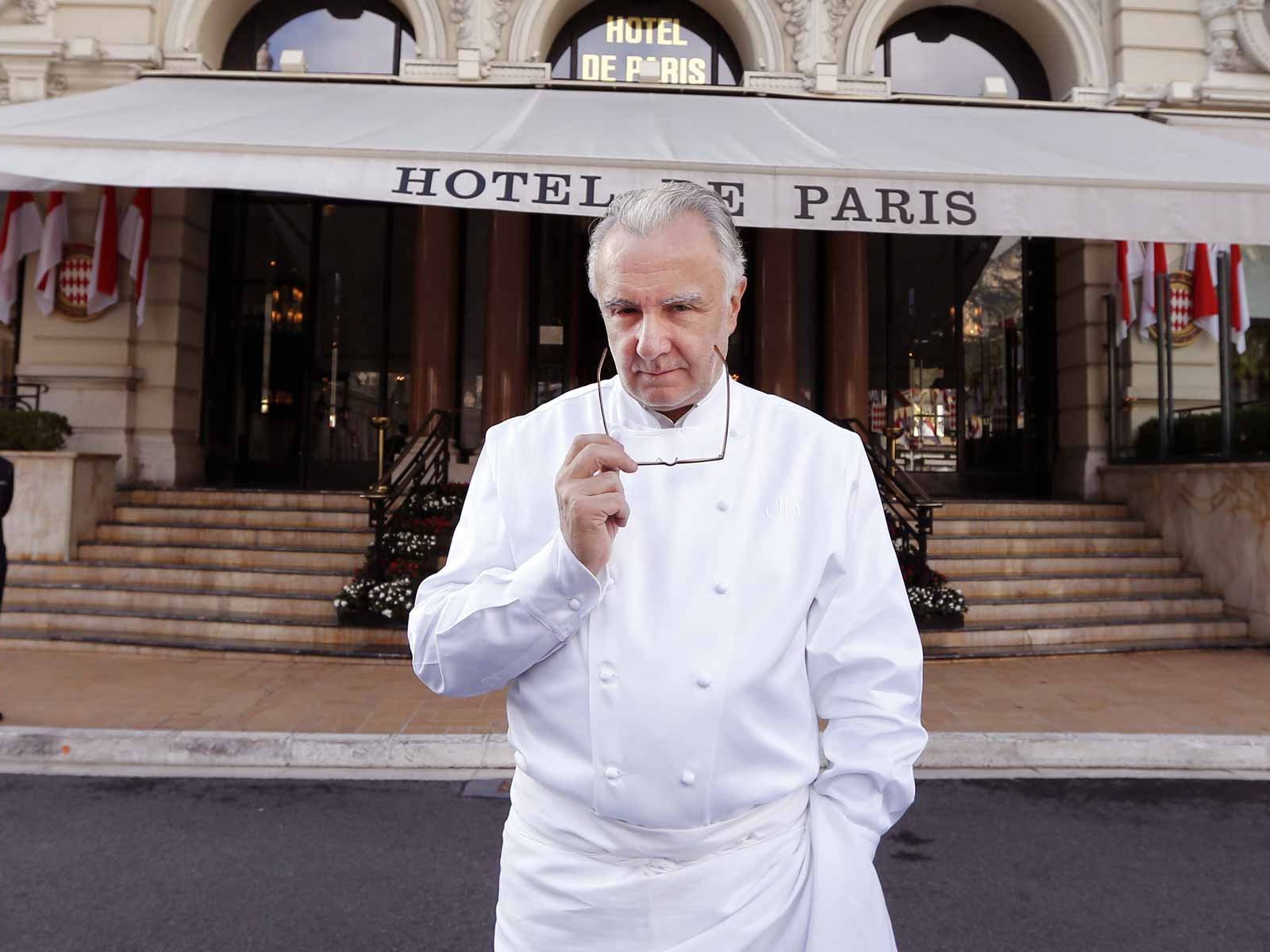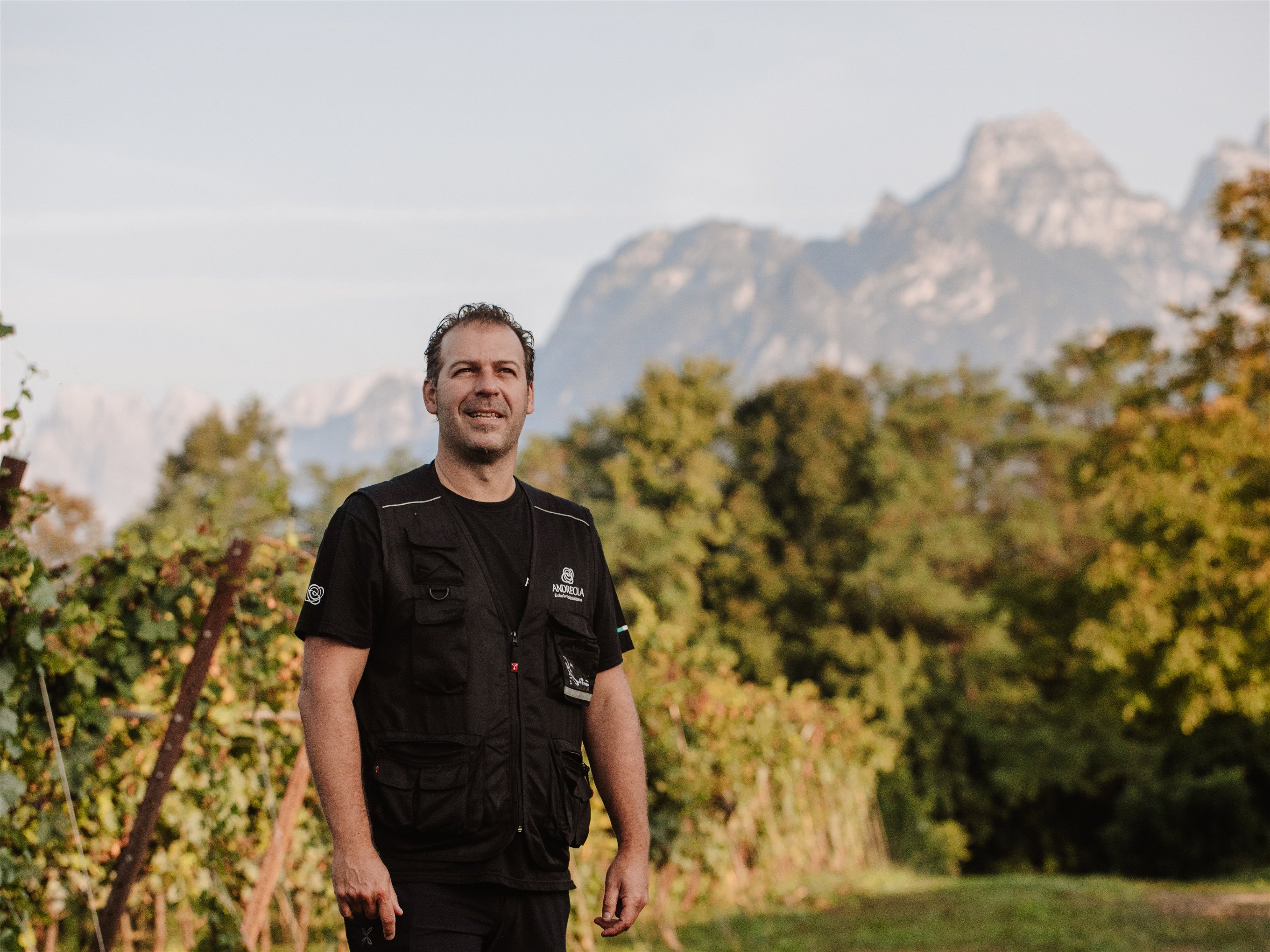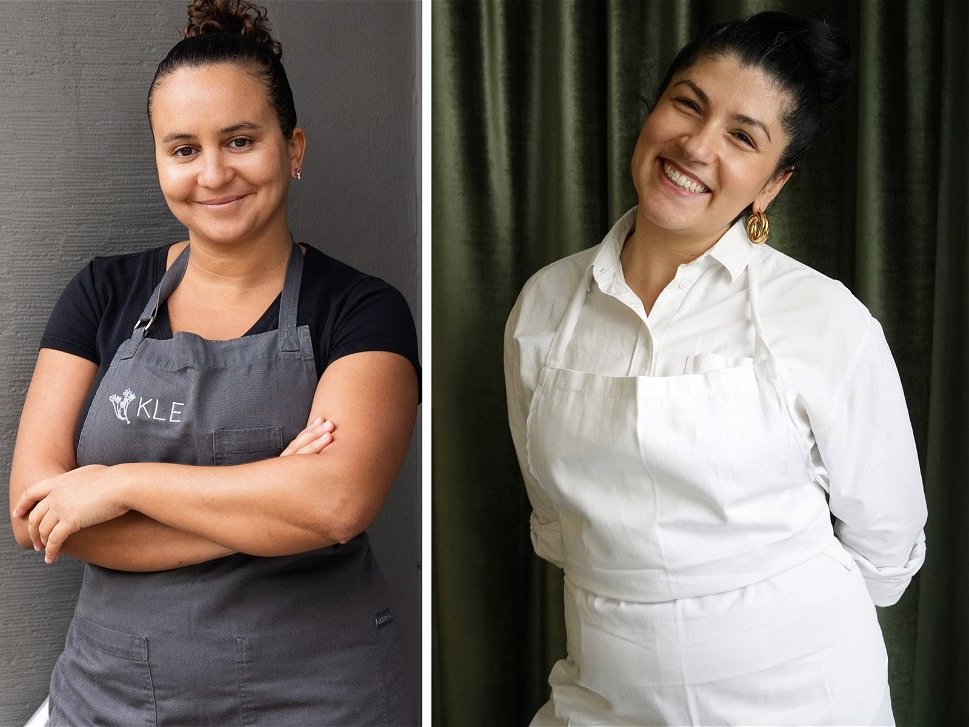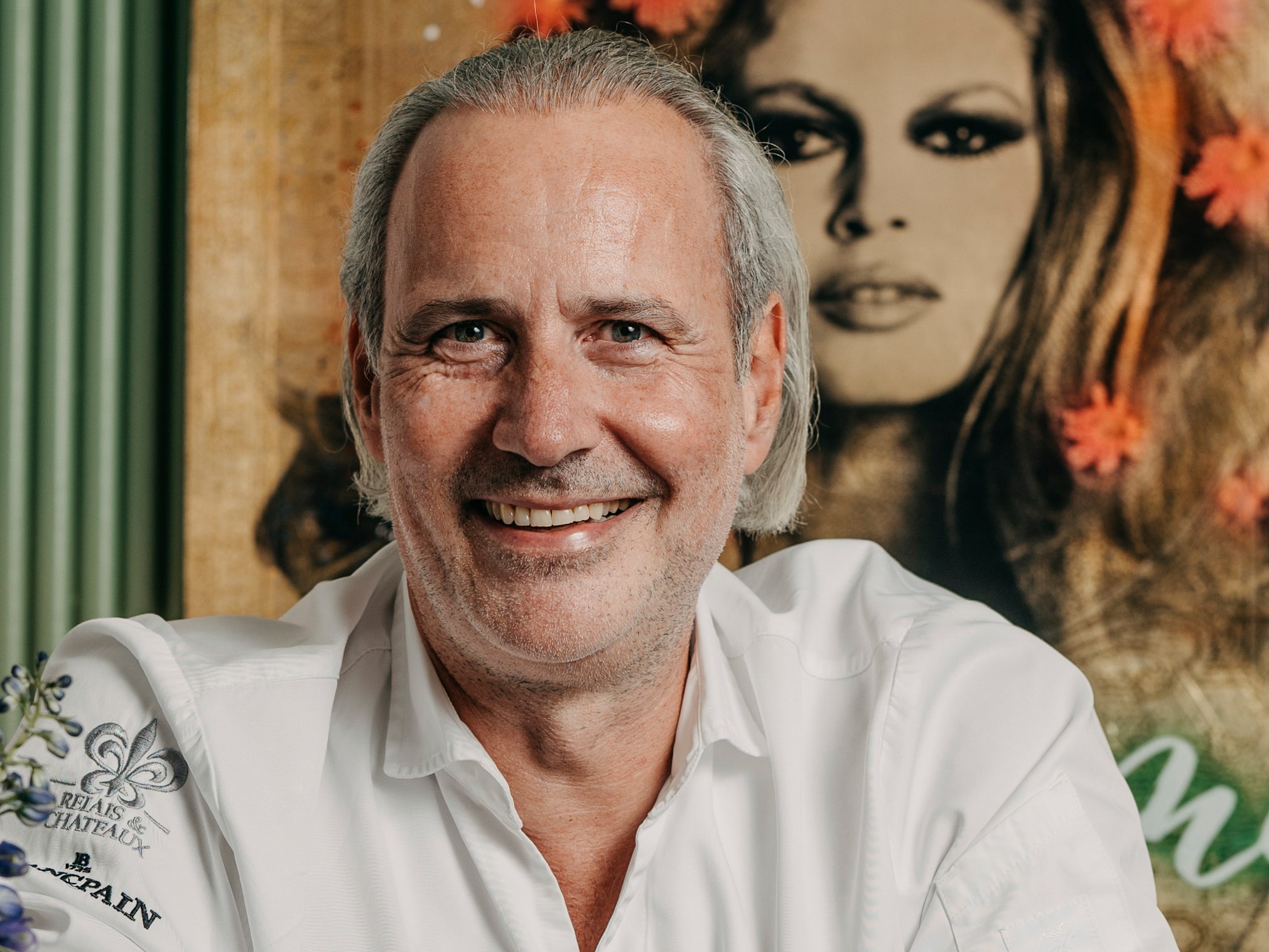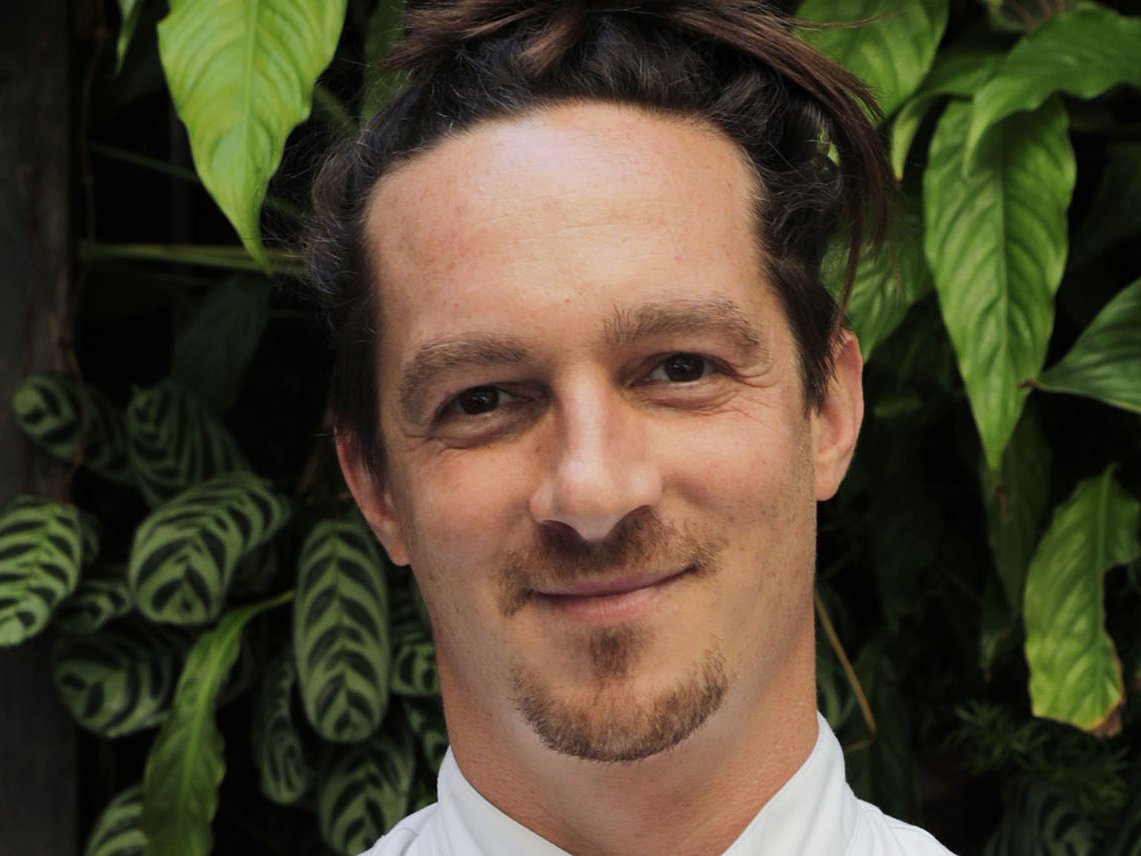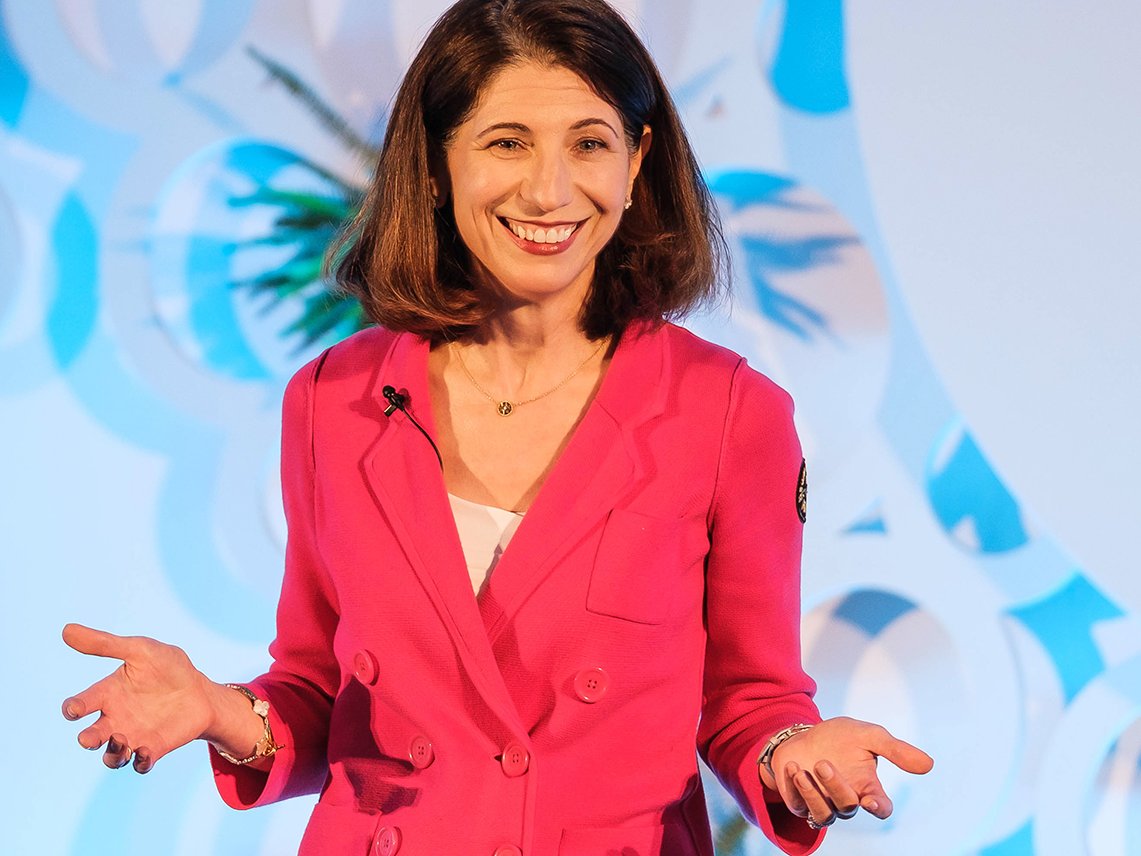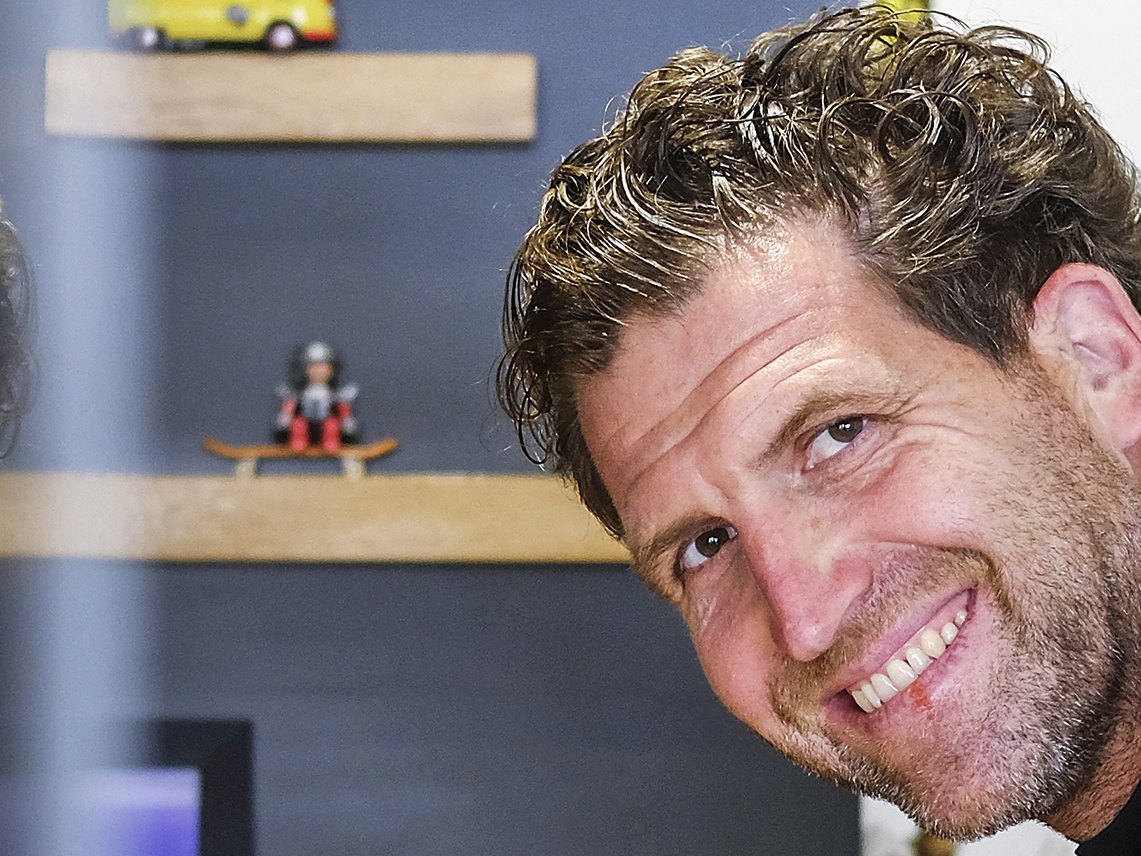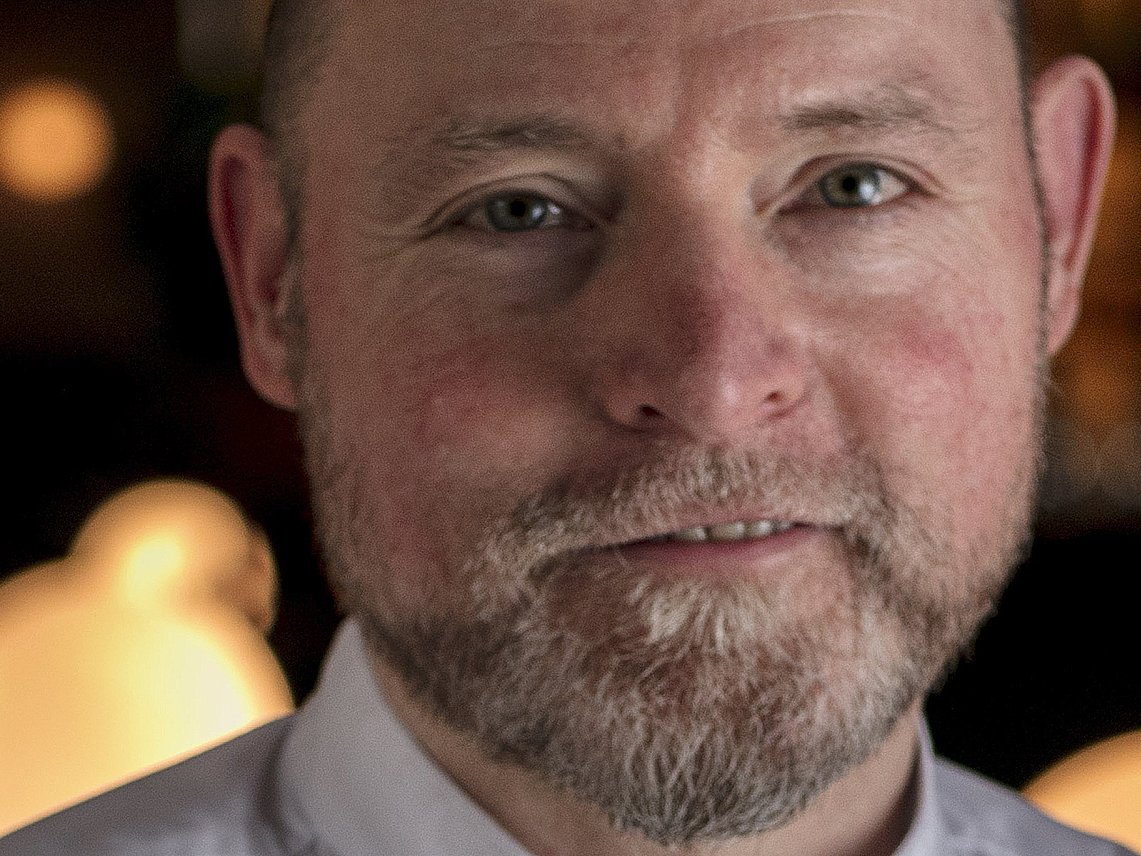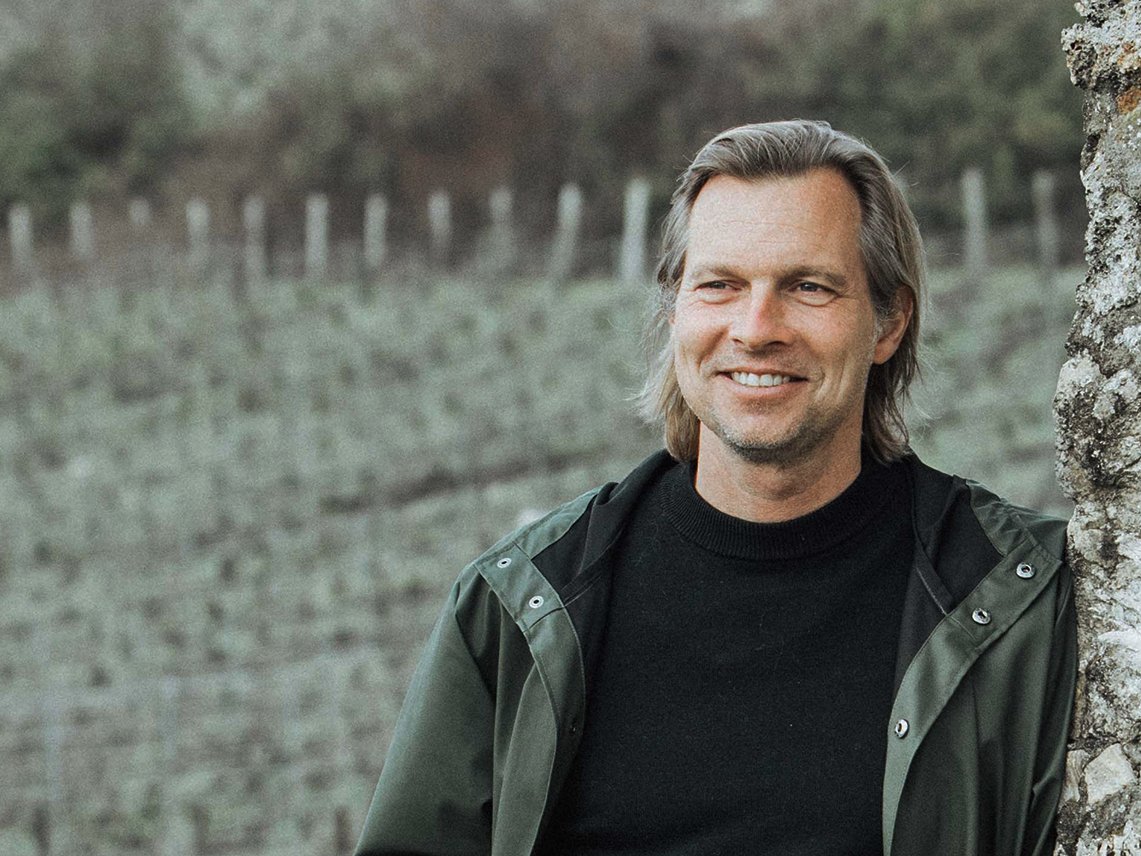Hélène Darroze heads four kitchens and they are no ordinary establishments. Her eponymous restaurant at The Connaught in London has three Michelin stars and Marsan par Hélène Darroze in Paris has two. Jòia is also in the French capital while a fourth restaurant at Villa La Coste in Provence opened in 2021. Darroze is a fourth-generation chef who grew up in her family’s restaurant. After earning a business degree, she trained with Alain Ducasse and opened her first restaurant in Paris in 1999, earning her first star in 2001. She divides her time between London and Paris.
Falstaff: You grew up in a restaurant, in that business of aroma and flavour, but when did it become apparent to you that flavour was so important?
Hélène Darroze: I think very soon. It was my instinct. I don't remember but my mum used to say to me that when I was a very small child, I used to taste everything, I used to ask questions, I wanted to taste everything, I wanted to cook. I think it was in my DNA and it was in evidence since the beginning. Even for wines, because I grew up with people around me making wine. My father also has business with Armagnac, my brother is a winemaker, so I grew up with this sensibility to flavour in the food and wine world.
Tell us about your favourite wine habits
I'm not really a wine drinker, I only drink wines when they are really, really good and when it's necessary to taste, but generally I don't drink wine. I drink a lot of tea. I'm a tea addict. When I do drink wine, I prefer red to white. I love sweet wines as well. A while ago I had to create a menu for Lynch-Bages so I had to taste some vintages and I must admit that I took a lot of pleasure in drinking that.
Tell us more about your tea addiction
I love Japanese green tea, so in the morning I drink genmaicha usually. During the day it could be sencha or gyokuro. At the end of the day probably soba-cha. Yesterday I tasted a smoked Chinese tea, a red one, so yes, I prefer green tea but it could be any tea. I'm a fan of tea.
You have two daughters who are teenagers now. How did you open your world of flavour to them?
All the doctors used to say: “Don't put seasoning in your baby's food, don't add oil because of allergies et cetera.” But I did what I wanted to do, so straight away they had a little bit of olive oil or butter or Parmesan in their food, they were in contact with flavour straight away. Compared to the children of some of my friends, they are completely open. I remember one day when my daughter Charlotte was 18 months old, I came back from London with her. It was late and friends came to pick us up at the station and brought some sushi with wasabi. She was the first to eat the sushi. My friends were so surprised. When we were in Japan three or four years ago, they never wanted to eat anything other than Japanese food.
When you are at home with your daughters, what kind of food do you cook and eat?
It depends. For our last dinner together, I took a whole cabbage, a green cabbage, and I roasted it in the oven. I had made Bolognese sauce during the weekend, so I cut the cabbage into six parts and put the sauce on top, for example. The girls eat everything, they love everything, they are open to everything so it could be Italian food, Japanese food, French food, Vietnamese food, they love everything.
What does integrity of flavour mean to you?
I like simplicity, I like to have the best products and to cook them with simplicity. For example, if you choose to cook white garlic, you cook white garlic and it should be strong and be present.
Does that inform your thinking and your creative process when creating new dishes?
My creative process is very simple. The starting point is the product, and for that I am following the season. Just now we were working on a dish with white asparagus because they are in season now. I always start alone with white paper and put all my ideas down. Then I share them with the head chef. Then they start testing, I join in, we taste, we change, we cook again, until the final point. I gave the direction that there should be gurnard, white miso, white asparagus.
What inspires these combinations?
I don't know, it could be a memory of a trip, a memory of my childhood, a memory of a taste that I really loved. It is very instinctive; it is always something I have inside and want to share with the guests.

